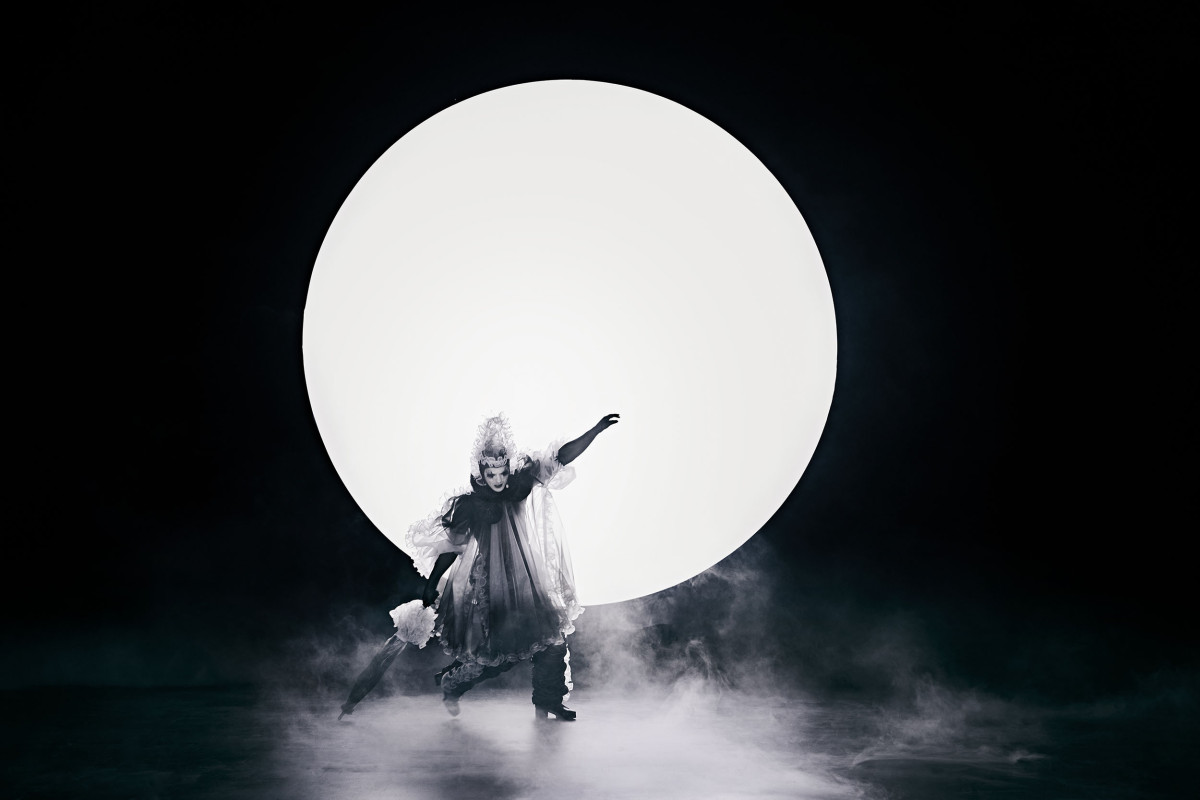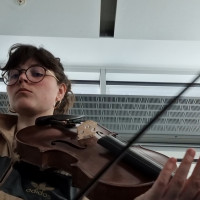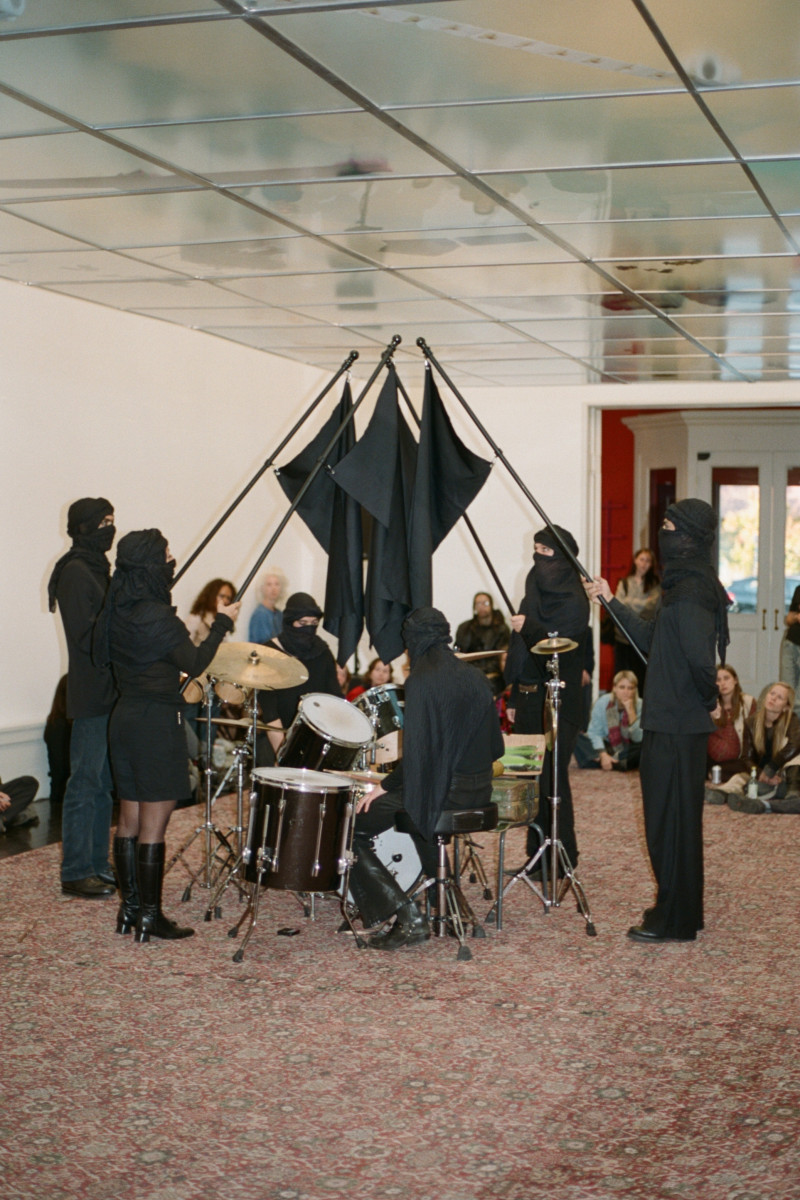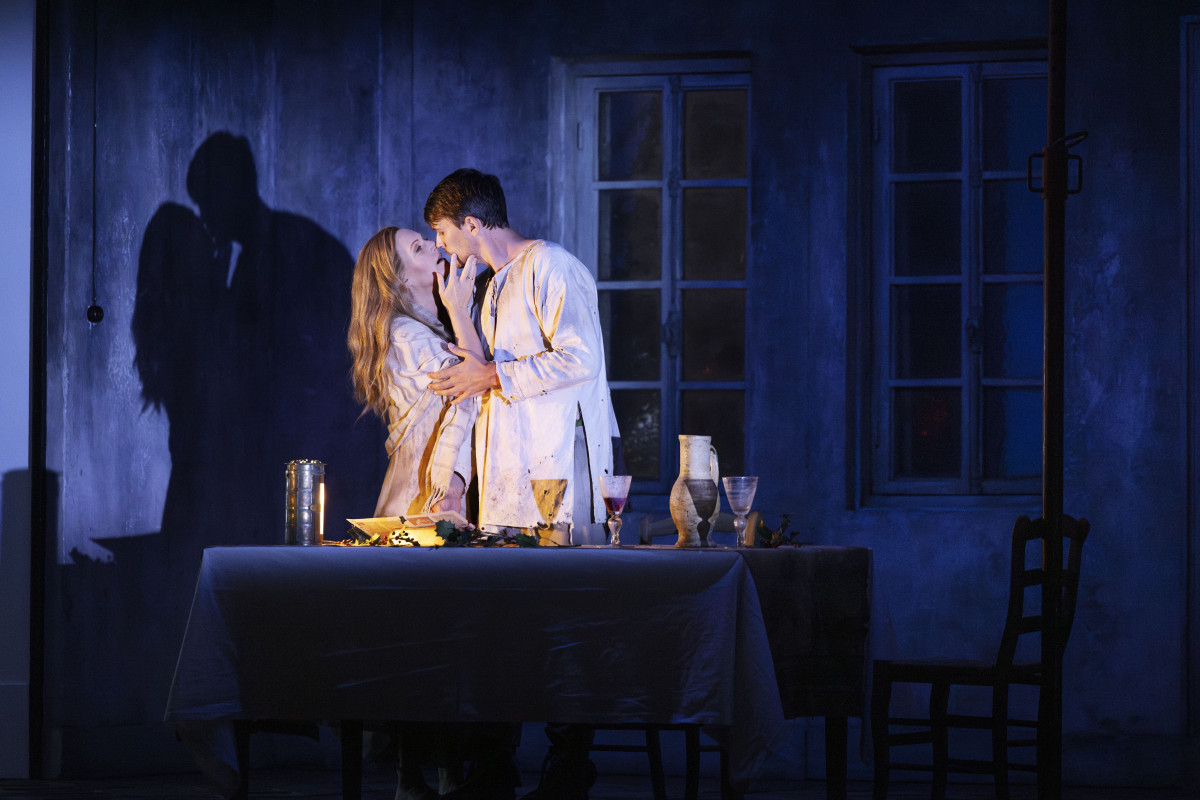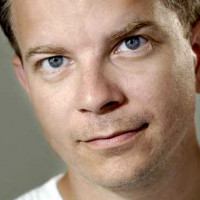Midt i Carl Nielsens »Solen er så rød mor« rammer tusmørket salen. Så følger højskolesange og vuggeviser, kørt gennem et elektronisk filter og gerne i mol. Marie Højlund og Den Sorte Skoles bearbejdninger af sange om natten udspiller sig i et elegant twilight/chiaroscuro-univers a la Floria Sigismondis Christina Aguelira-video »Fighter« eller The Fifth Element. Her er vemodets røst. Sunget solo eller i kor, sakralt, forvrænget, spøgelsesagtigt og på en baggrund af noise. Som afdøde stemmer, der er kommet tilbage for at sidde ved sengen og hjælpe den endnu vågne videre. Musik har altid assisteret i overgangsriter og endda fungeret som vidundermiddel til søvnløse grever.
Dramaturgien i Natten er inspireret af søvnstadier: Let søvn, REM, drøm, mareridt, opvågning – alt er flydende, cyklisk som døgnet, og det vibrerende soundscape efterligner nattens lov, hvor fornuften er itu og giver plads til erotisk gnubbende performere på en hestekarusel, K-pop-energi, mega goth og en uskyldig rytmeboks. 30 stykker musik, akkurat som i Goldberg Variationerne, er ret mange. Ofte er de dog ordnet i medleyer, og denne teaterkoncert er mere en stemningsrapport fra et ulogisk rum, natten, et privat sted, som vi alle genoplever hver dag, men som det er svært at rapportere fra. Derfor har vi alle dage poetiseret det manglende lys. Den ældste sang er i øvrigt fra 1642.
Når Natten er bedst, favnes og italesættes mørkets hemmelige rum med en elektrisk nerve og fornemmelsen af, at nogen synger direkte ind i dit øre. Varme synths ledsager disse sange om somre uden sol, ikke for mange eksperimenter men med masser af melodi – og i momenter er det som at lytte til natsværmere. I det gamle teaterrum bliver vi bevidste om at huske at lytte til verden, eller når nogen synger for os, også i halvslumrende tilstand.

